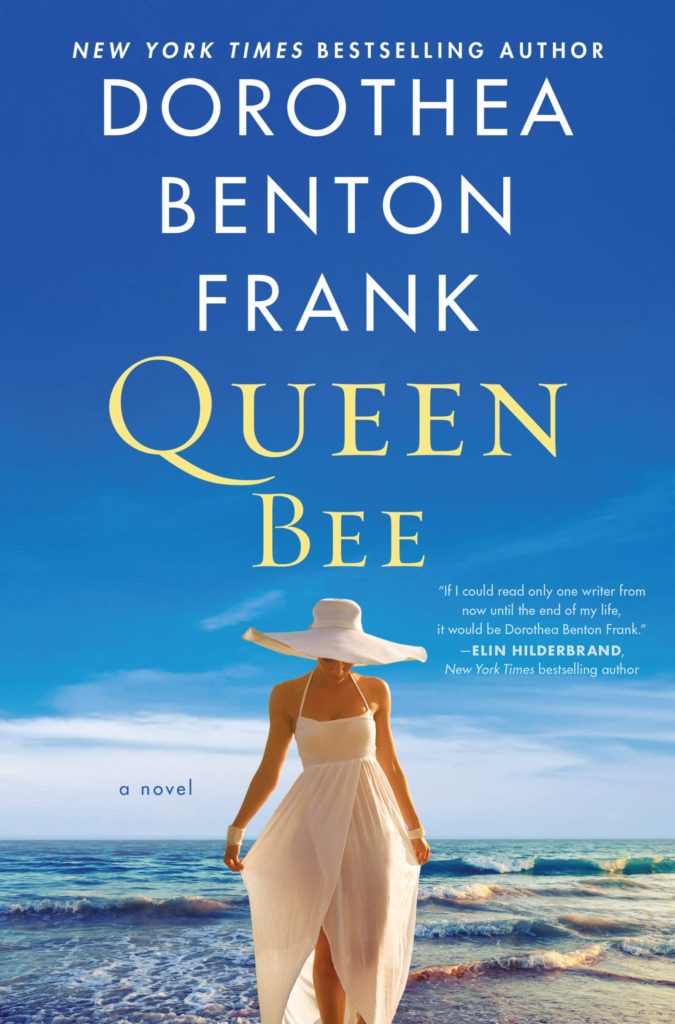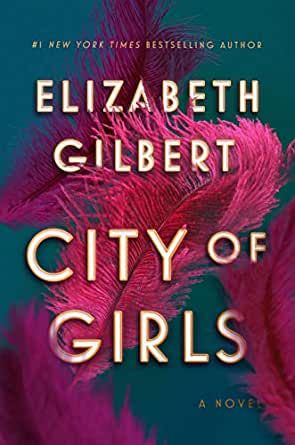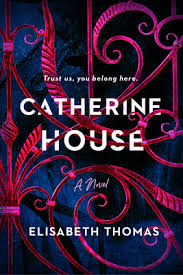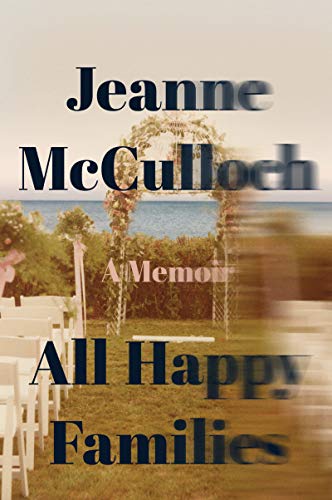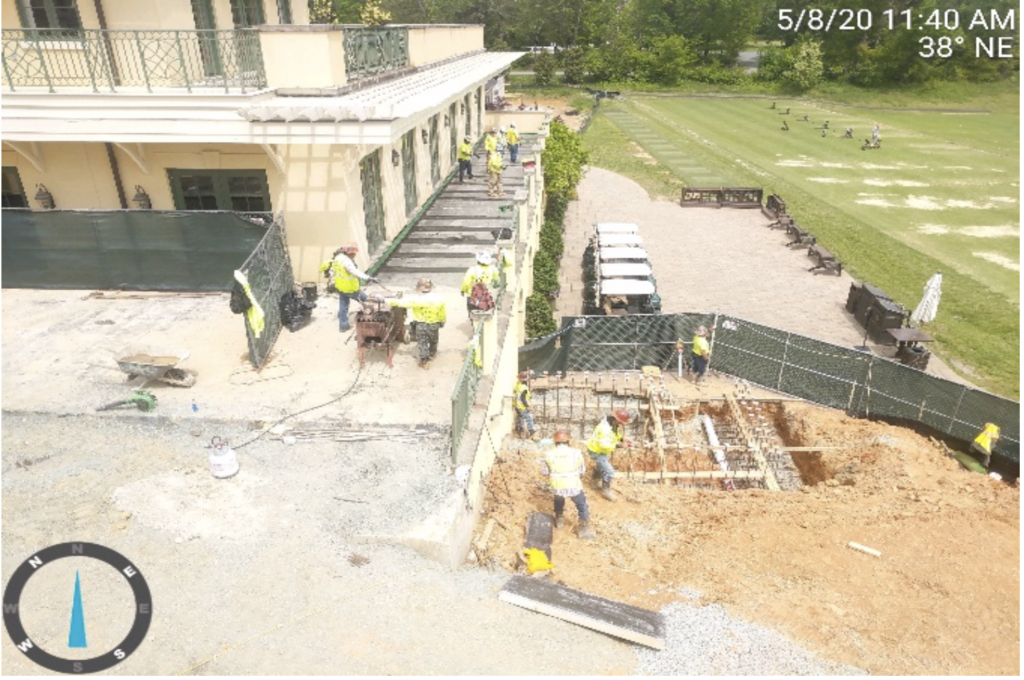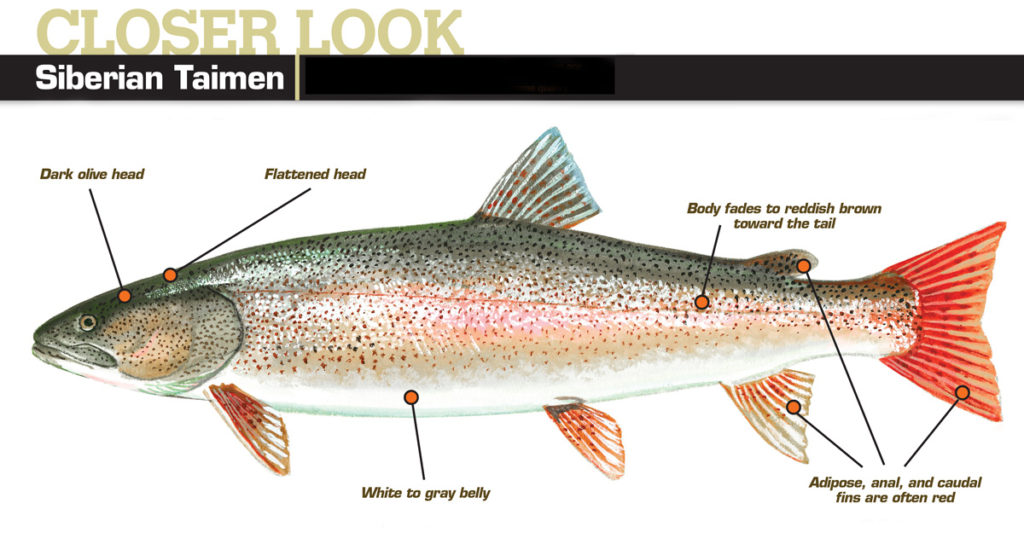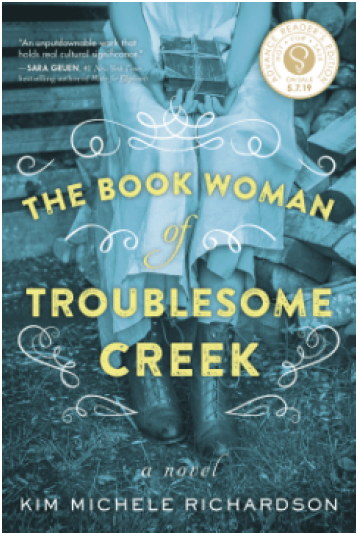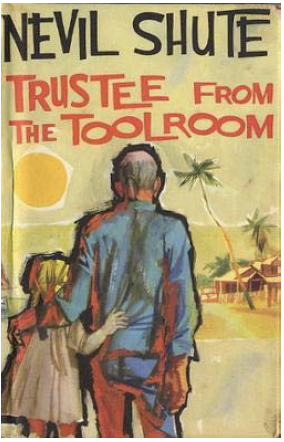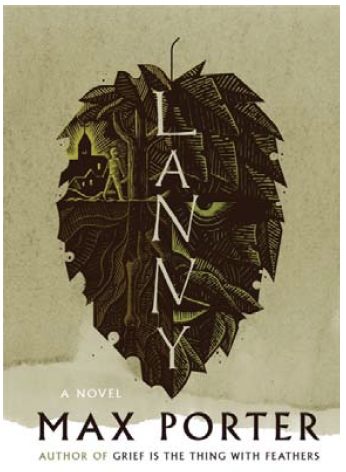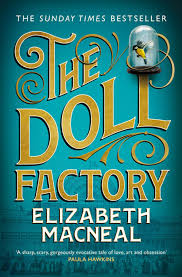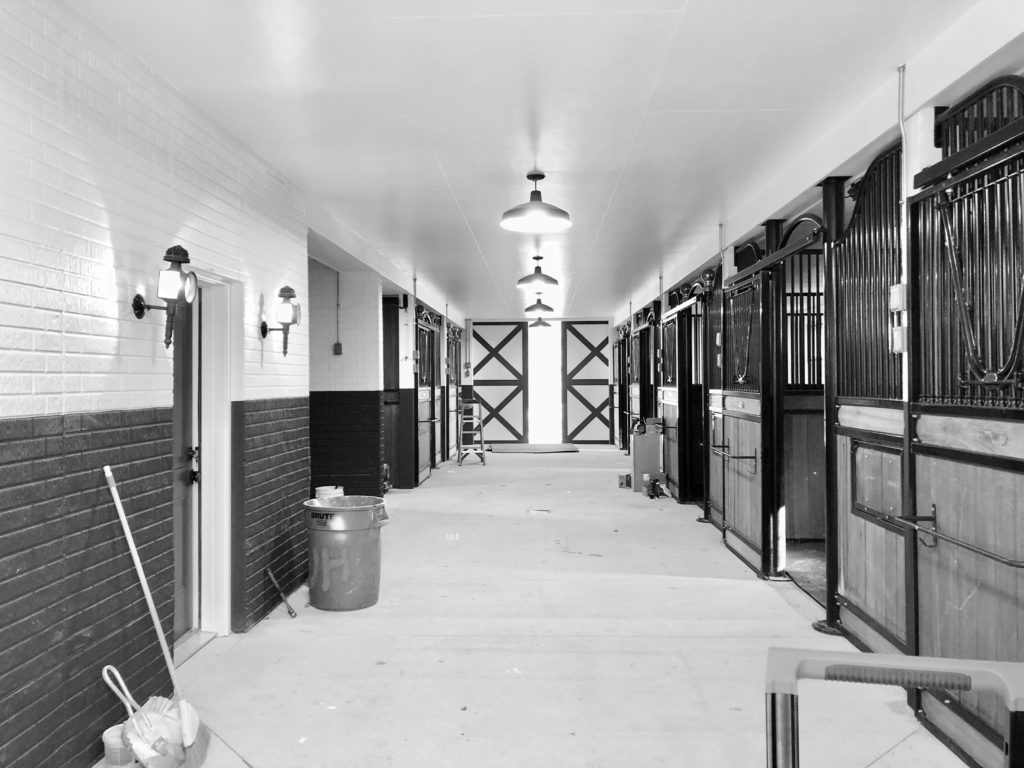By Sam Johnson, Deputy Director of Cullinary | 1776

These hot summer afternoons and evenings. Call for a great recipe and super easy. It’s a fun take on Poke sure to please the taste buds and hungry dinner guests. I love serving it with a great toasted baguette and a glass of rosé.
INGREDIENTS
- 2 cans solid white tuna
- 1 bunch scallions, thinly sliced
- 1/4 C soy sauce
- 2 T sesame oil
- 1 T honey
- 1 T rice wine vinegar
- 1 T furikake rice seasoning
- 1 C cherry tomatoes, halved
- 1 english cucumber, halved and thinly sliced
- 4 C mixed greens
- 1 C fresh herbs (mint, basil, Thai basil, cilantro)
Ginger-Miso Dressing
- 2 T miso paste
- 2 T ginger, finely chopped
- 1 garlic clove
- T rice wine vinegar
- T water
- T sugar
- 2 tsp sesame oil
- 2 T vegetable oil
DIRECTIONS
- Drain tuna and flake into bowl, add scallions.
- Add soy sauce, sesame oil, honey, vinegar & rice seasoning to blender, blend until combined and pour over tuna. Mix tuna, scallions & soy dressing until well combined.
- Set aside or chill until ready to serve.
- For ginger dressing; combine all ingredients in blender, puree until smooth.
- To serve, mix greens, herbs, tomato and cucumber.
- Top with reserved marinated tuna and Ginger-Miso dressing.



